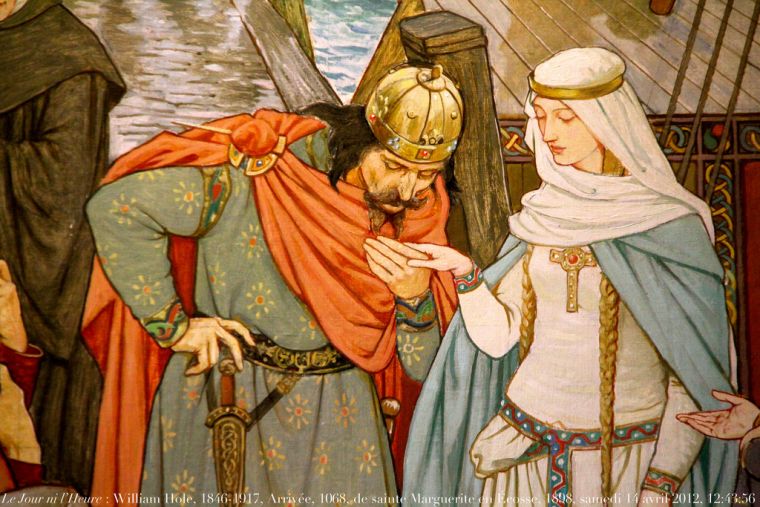'Pearl of Scotland': The nation-shaping Christian leadership of Saint Margaret
Today is the feast day of a Hungarian princess-turned Queen of Scotland – Saint Margaret – who became not only a national treasure to Scots but a spiritual inspiration to Christians across the world.
Margaret was born in exile in 1045 in the Kingdom of Hungary, the daughter of English King Edward the Exile, who had fled England following the defeat of his father by the Danish Canute the Great.

Growing up in an educated and religious, Catholic home, she and her family returned to England in 1057, but fled once again after the Norman conquest of England in 1066. They eventually came to the Kingdom of Scotland – where (according to legend) a storm-induced-shipreck left Margaret at what's now known as the coastal village of St Margaret's Hope.
Margaret was welcomed by Scotland's King Malcolm III, with whom she fell in love and married. Having eight children together, the couple formed a pious family, with Margaret supposedly having a wise and decisive influence on her husband's leadership, staying the temper of the Scottish King. She led in her own right too, urging ecclesial reform of the Church, challenging its corruption and promoting conformity with Catholic Rome. She re-opened key monasteries like the famed Iona Abbey, and opened the historic 'Queen's Ferry' route at the Firth of Forth to enable pilgrims visiting St Andrews in Fife.
Margaret worked hard on behalf of orphans and the poor and needy as well as attending to a committed life of prayer and devotion to God. Through her public spiritual and political work on behalf of the nation she became known as the 'Pearl of Scotland' and an archetype of the 'just ruler'.
Made weak by an ascetic life of fasting, Margaret died, soon after the death of her husband, on this day in 1093. Though she was buried at Dunfermline, such was her saintly legacy (she was canonised by Pope Innocent IV in 1250) that Mary Queen of Scots acquired Margaret's head in 1560 since she believed – as a saintly, miracle-working relic – it would protect and assist her in childbirth. The head was eventually taken to France before being lost for good.
Queen Margaret became to many a powerful icon of an ideal Christian woman: a loving mother, a wise wife and a virtuous, visionary leader.











